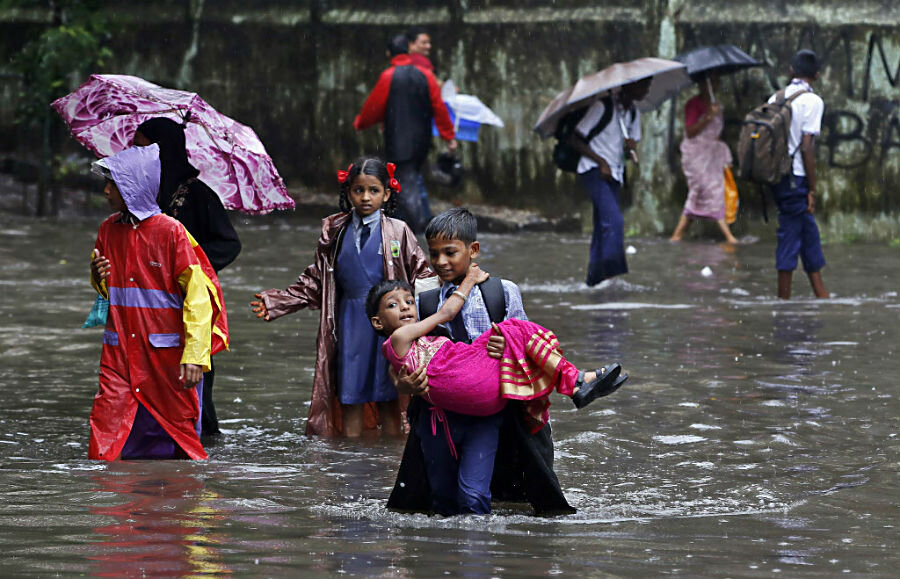How India's farmers hope to outsmart the monsoons
Loading...
The Indian monsoon is at once an iconic weather force inspiring song, film, and literature, and an extremely tangible weather pattern that effects the food supply and livelihood of many in the country of nearly 1.3 billion.
This week the monsoon is also a major reason why the Indian government is investing $60 million in a supercomputer, in hopes of revolutionizing how the nation predicts the coming of the rains or an onset of drought.
The supercomputer will replace a forecast system that utilizes an outdated IBM computer and a statistical method of weather prediction dating back to 1920s colonial British rule. One major problem is how unspecific its reports are, considering India's size and geographic diversity: The India Meteorological Department gives monsoon forecasts for five national regions, but it does not break down monsoon predictions for the country's 29 states.
"I'll cherish the day they'll come up with a forecast for my state. It's going to mitigate our risks and help us plan our crop better," Dharmendra Kumar, a farmer in Uttar Pradesh, told Reuters.
Monsoon season in India lasts roughly from June to September, affecting different parts of the country at different times. Predicting the onset of the monsoon is tricky work, monsoon prediction expert Veronika Stolbova, a researcher at University of Zurich in Switzerland and guest researcher at Germany's Potsdam Institute for Climate Impact Research, tells The Christian Science Monitor.
First, meteorologists must not confuse other rains with the monsoon outset. Then they must not only predict when the monsoon will come and how much rain it will bring, but they must also remake these predictions across the country as the monsoon moves across the subcontinent over a period of months.
The stakes of accurate prediction are high. Rainwater is the largest source of freshwater to the Indian subcontinent, so the rains and monsoon have vast implications for the nation's agriculture, which makes up roughly 16 percent of India's GVA (gross value added). Research links the accuracy of forecasts to income and productivity for those in the agricultural industry.
"It's important to know the exact timing," Dr. Stolbova tells the Monitor. If a monsoon comes earlier than predicted, the land could flood before farmers have a chance to plant their crops, she explains, but if it comes later than predicted "all the crops will be in the ground and there will not be enough water for them, which will also result in crop losses."
The implications of drought have been particularly exacerbated by global warming. Regions of India have seen crippling droughts in recent years, increasing poverty and elevating rates of suicide for desperate farmers. With their current forecasting system, the India Meteorological Department disastrously failed to predict a drought in 2009, but have accurately forecast the past two years of drought in places where monsoons failed to materialize, Reuters reports.
The current forecasting model bases predictions on a short list of variables like winds and sea-surface temperatures, collected from around the country by a sophisticated network of some 5,000 government meteorologists. What will change in the new system is how that data is processed. Using an American model adjusted for the subcontinent, the supercomputer will work at 10 times the speed of the old technology and produce a three-dimensional rendering. The new system will allow for more regionally specialized reports, as well.
"If everything goes well, by 2017 we'll make this dynamical model operational by replacing the statistical model," Madhavan Nair Rajeevan, India's earth science secretary, told Reuters. "In the last one decade we've gained a greater degree of precision in forecasting rains, but monsoon still remains a very complex weather system, which only God has the ability to understand fully."





